Terracotta, a natural building material with thousands of years of tradition, is experiencing a renaissance in modern architecture as a premium facade cladding solution. In the context of energy-efficient construction, sustainable materials and timeless aesthetics, handmade terracotta facade cladding is increasingly becoming the preferred choice for architects, project managers and investors.
In this article, we highlight the many advantages of terracotta as a facade material – from practical applications and technical properties to installation details, as well as topics such as care, impregnation and compatibility with modern building materials.
Terracotta Facade Design – Aesthetic Appeal and Architectural Diversity
Terracotta facades offer an exceptional variety of colors and surface finishes. The material is suitable both for full-surface terracotta facade cladding and for targeted accents on plinths, window zones, columns or facade sections.
Contemporary architecture today successfully combines natural materials with modern technologies. In the field of exterior wall design, narrow terracotta brick slips – also referred to as terracotta cladding tiles – are among the most sought-after elements, as they create the authentic look of traditionally brick-built surfaces. They are widely used in passive houses, public buildings, villas, hotels, modern multi-family homes and urban residential projects.
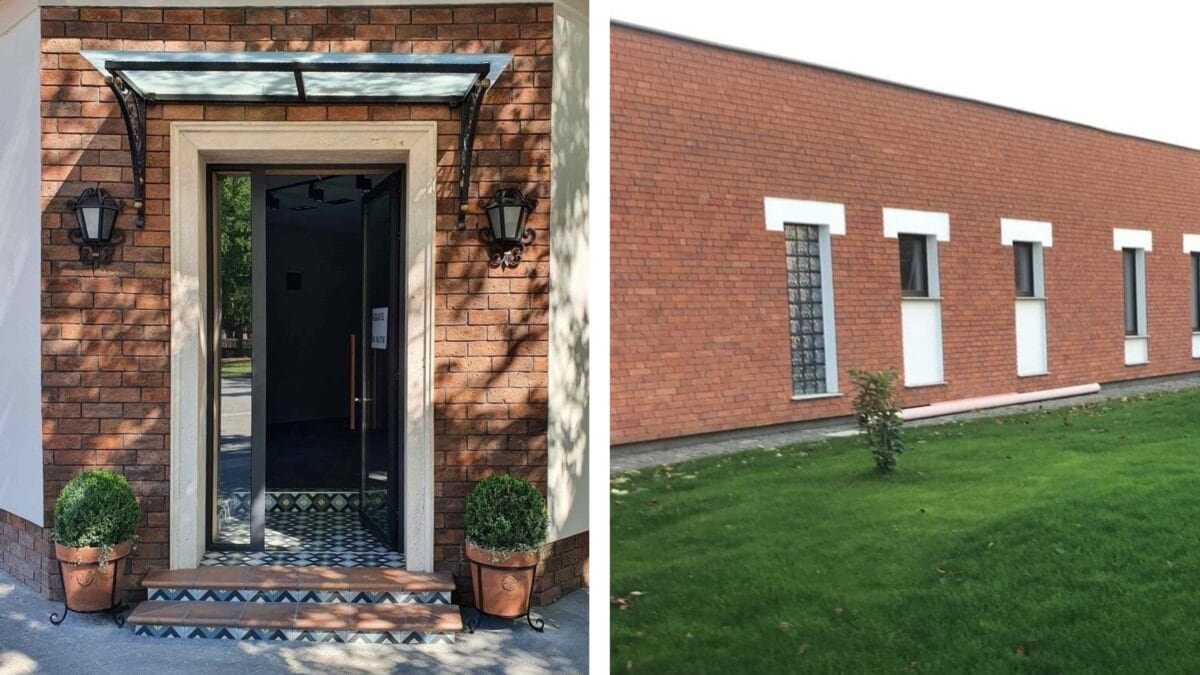
Installing Terracotta Brick Slips Correctly – For a Durable and Aesthetic Facade
Unlike industrially manufactured terracotta panels for ventilated facade systems (VHF), handmade terracotta brick slips, crafted from fired terracotta, are used exclusively as bonded facade cladding.
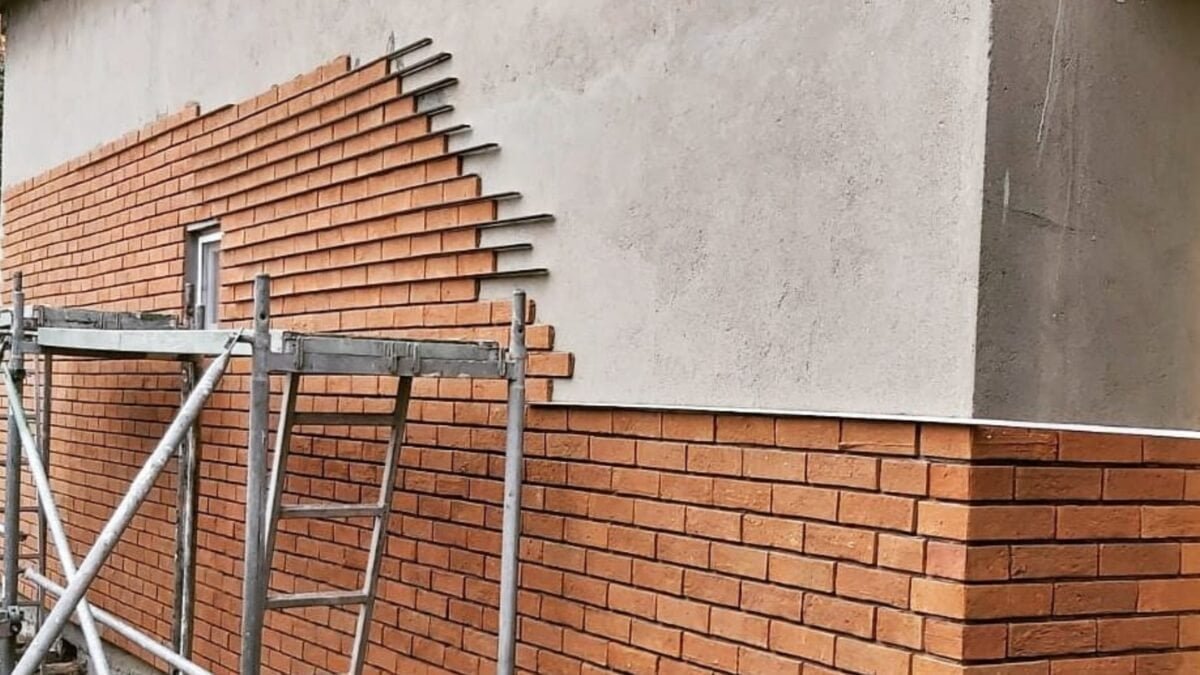
Bonding to suitable substrates – such as plaster, concrete or reinforced ETICS (external thermal insulation systems) – is both technically correct and aesthetically ideal. For this purpose, flexible adhesives that are frost- and UV-resistant are used, together with permanently elastic joint mortars that protect against moisture penetration and thermal expansion.
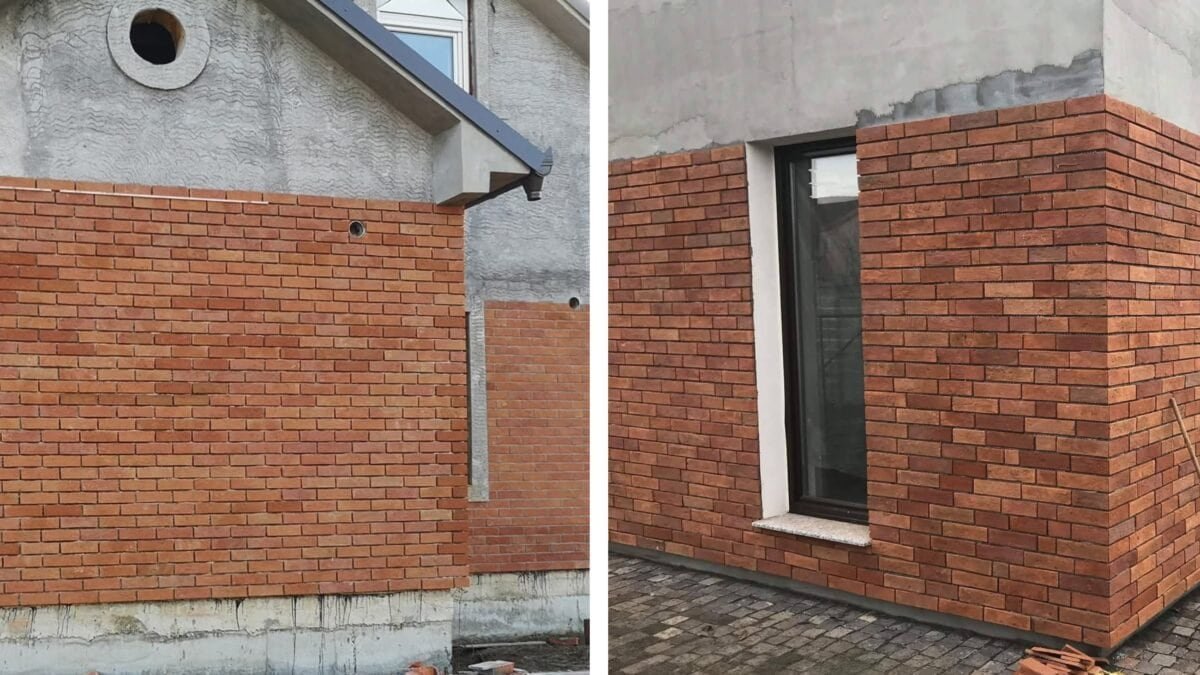
Advantages of Bonded Terracotta Facade Cladding:
- Quick and easy installation
- Slim layer structure (ideal for renovations)
- Authentic appearance and natural feel
- Suitable for single-family homes, multi-family buildings, rural properties, public facilities, commercial buildings and listed/heritage architecture.
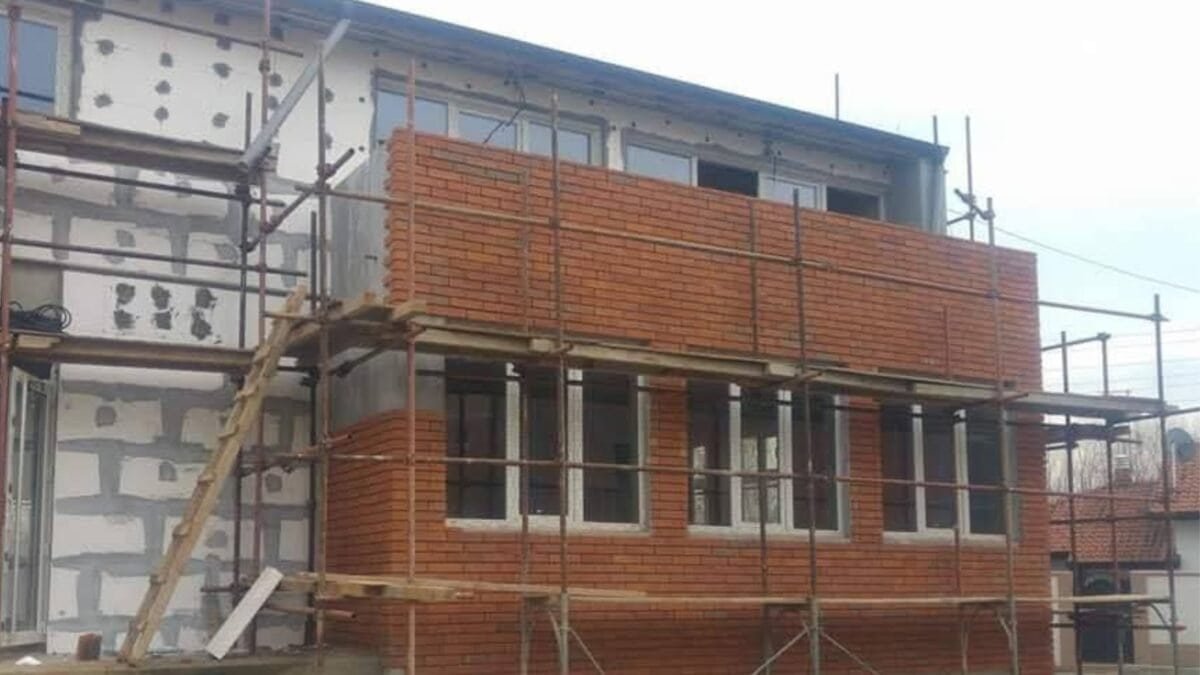
Sustainable Building with Terracotta – Building Physics and Ecological Advantages
Terracotta is a functional building material that perfectly meets the requirements of modern and sustainable construction.
- Sustainability: Natural, recyclable, and free from chemicals or plastics
- Frost and UV resistance: Perfect for outdoor areas and changing climate zones
- Breathability: The wall can “breathe,” with no risk of condensation build-up
- Low maintenance: No painting or coating required
- Mechanical durability: High density and firing temperature ensure long-lasting performance
When combined with bonded external thermal insulation systems (ETICS) – such as EPS or mineral wool – the terracotta facade contributes to meeting nZEB standards (Nearly Zero Energy Building).
Another advantage of handmade facade cladding products is their dimensional flexibility: manufacturers like us can produce custom sizes on request, tailored to specific architectural requirements – going far beyond industrial standard formats.
Terracotta Brick Slip Care & Impregnation – Ensuring a Durable and Beautiful Facade
Although terracotta is extremely robust and weather-resistant, proper care extends its lifespan and preserves its natural character. The open-pored surface of handmade terracotta brick slips should be protected with a suitable impregnation when used in facade cladding applications.
The use of vapor-permeable impregnating agents based on silane or siloxane is recommended, as they keep the material breathable while protecting it from moisture, dirt and environmental impacts. A properly treated surface remains beautiful in the long term – with minimal maintenance effort.
Further care tips for terracotta tiles:
Terracotta & Modern Architecture – Material Harmony
Handmade terracotta brick slips can be perfectly combined with contemporary building materials. Their natural color tones and surface textures allow for a harmonious integration into various material concepts.
- External thermal insulation systems (ETICS)
- Mineral plasters and exposed concrete
- Wood or metal facade accents
- Glass, Corten steel or aluminium facades
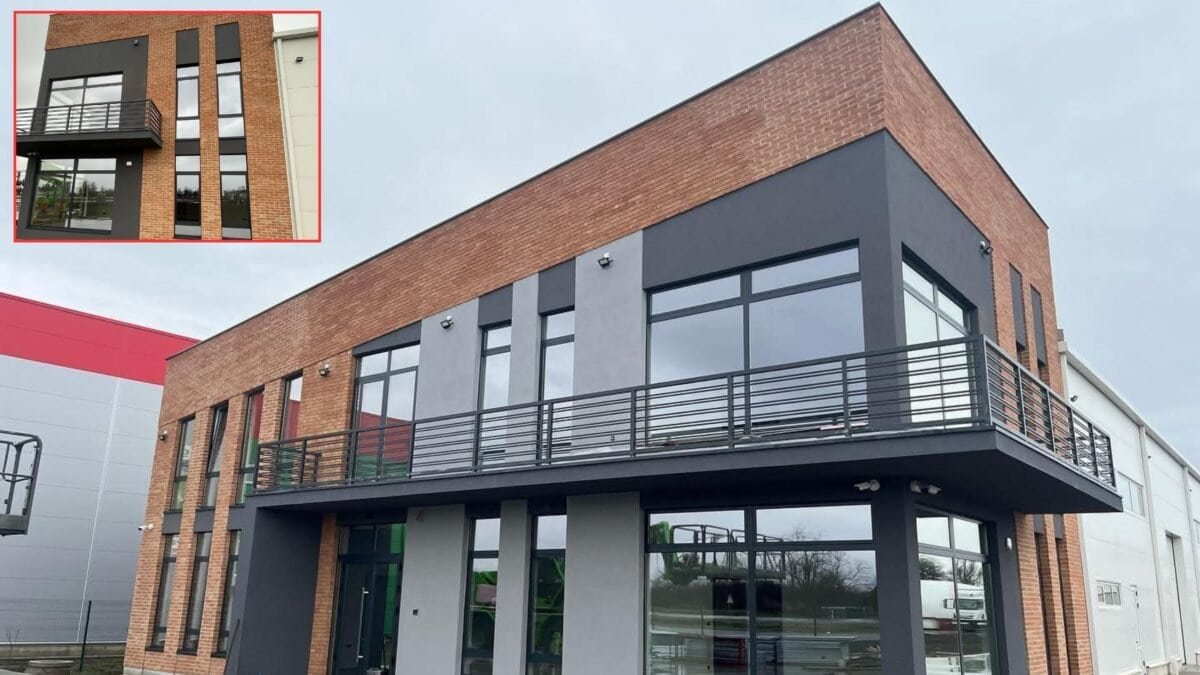
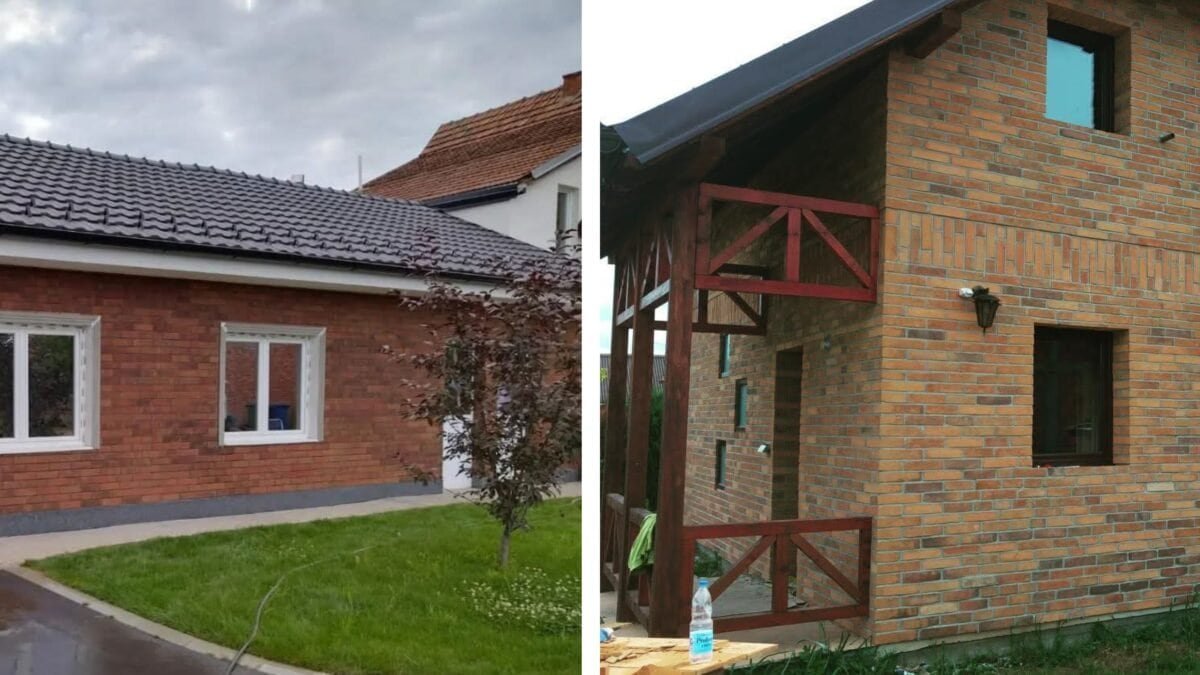
Thanks to artisanal production, adjustments are possible – ideal for bespoke new builds or style-appropriate renovations. This way, our terracotta brick slips combine authentic material character with the demands of modern design.
Learn more about the timeless beauty and emotional impact of terracotta.
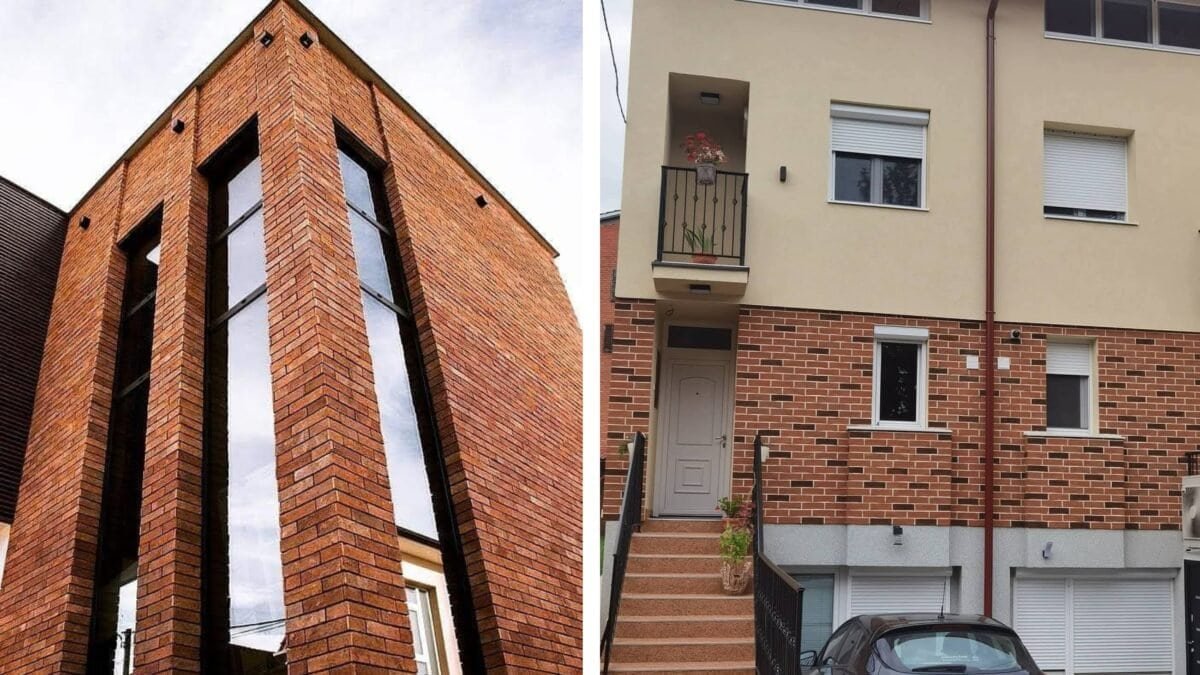
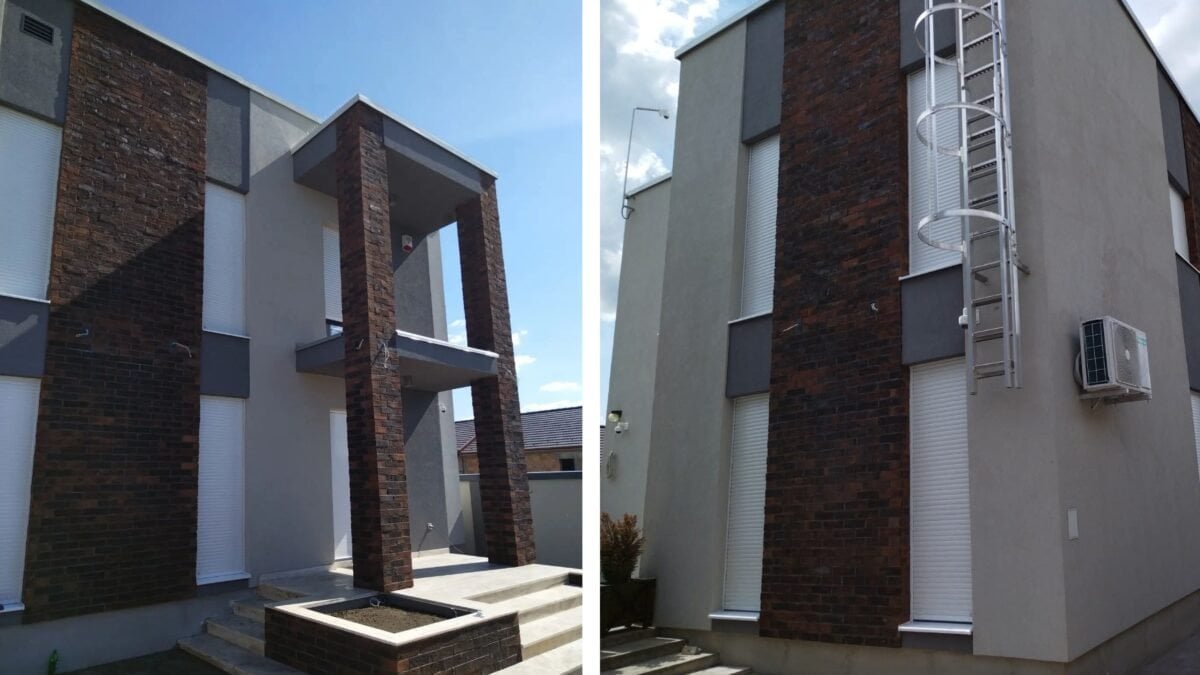
Applications of Terracotta Facades – From Single Family Homes to Large Scale Projects
Bonded terracotta wall cladding is ideally suited for:
- Single-family homes and country houses with a natural aesthetic
- Renovation and extension of listed/heritage buildings
- Passive houses and energy-efficient new builds
- Architectural projects combining rustic and modern elements
- Design accents such as plinths, window bands and pillars
- Full facade surfaces of urban multi-family residential buildings
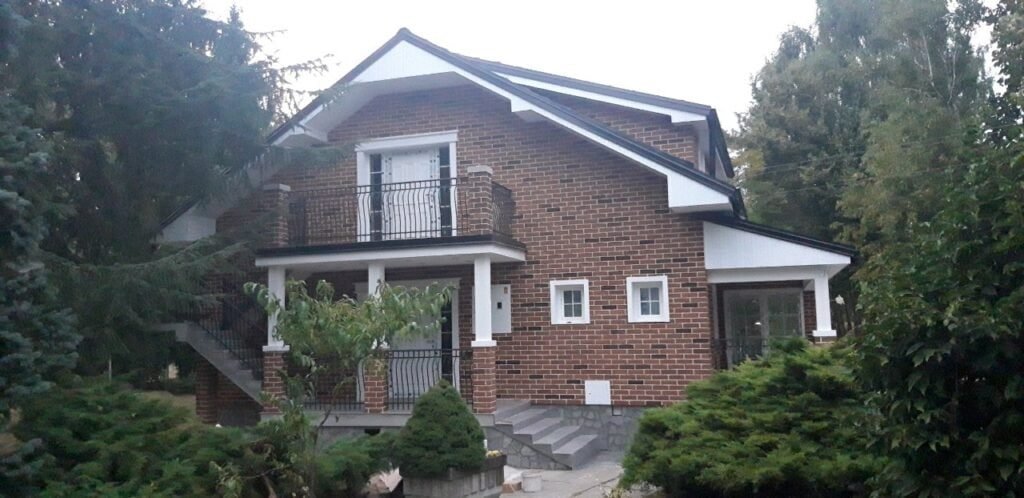
The artisanal craftsmanship and distinctive texture make this type of facade cladding particularly suitable for bespoke, high-quality architecture.
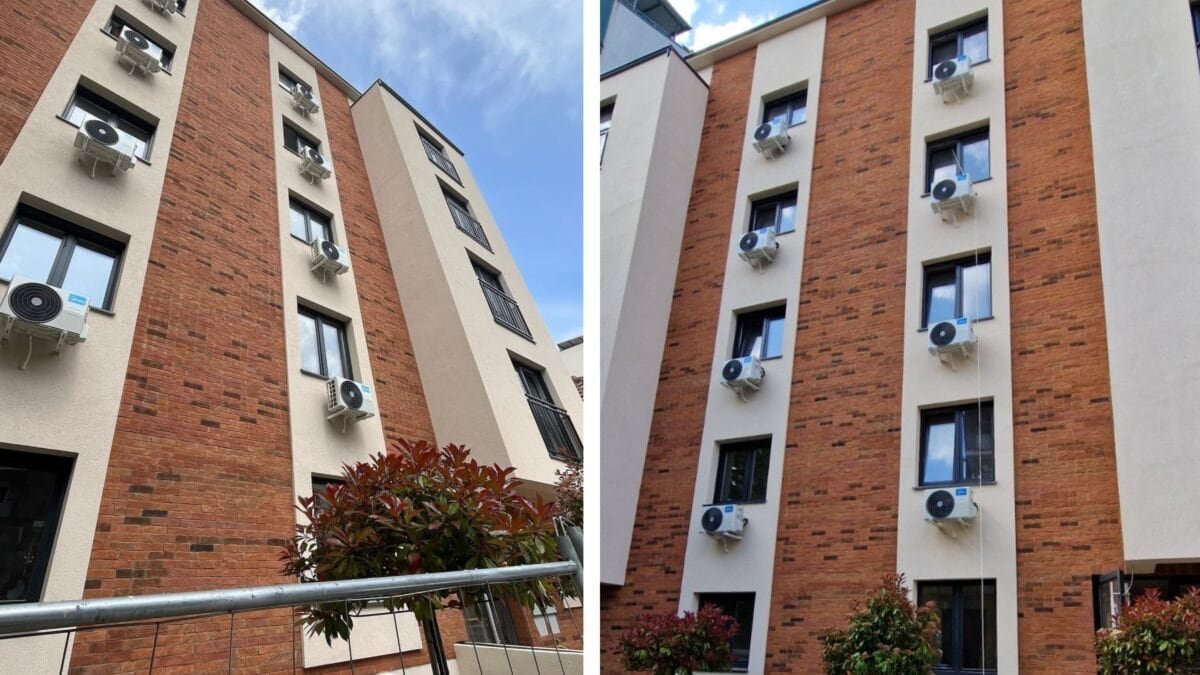
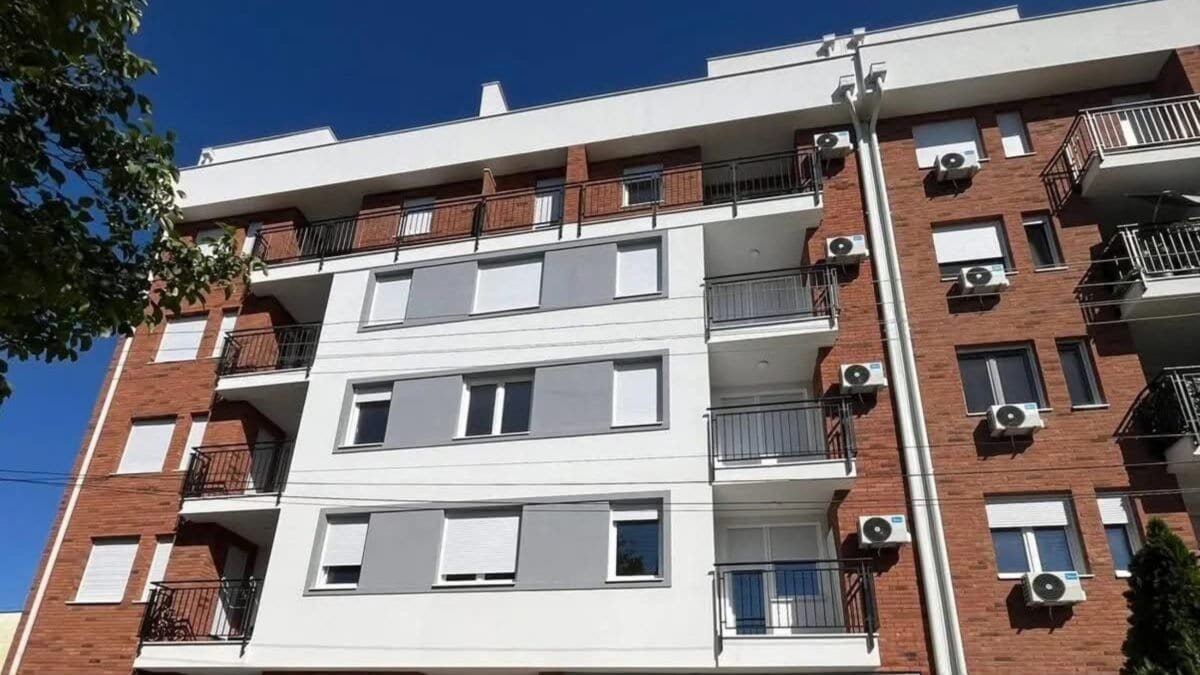
What Is the Difference Between Clinker and Brick Slips?
Many people search for clinker brick slips or clinker cladding tiles for their facades – but it is worth knowing the exact difference between clinker and brick slips.
Clinker bricks are industrially fired at very high temperatures (above 1100 °C). They are extremely hard, durable, almost impermeable to water and highly frost-resistant. Clinker cladding tiles and clinker brick slips often have a smooth, homogeneous surface in darker tones – ideal for heavily exposed exterior surfaces or industrial facades.
Brick slips, on the other hand, are thin cladding elements (approx. 1–2 cm thick) used primarily for decorative wall applications. They are available in various materials – for example clinker, natural stone, concrete or, in our case: handmade terracotta brick slips.
Our terracotta brick slips are fired at 1000–1100 °C, which makes them particularly resistant to frost and moisture. With a thickness of just 1.4 cm, they are easy to install – both indoors and outdoors. Compared to industrial clinker brick slips, they appear warmer, more vivid and authentic – with natural color variation and Mediterranean charm.
Conclusion: Traditionally Crafted, Modern in Use – Facades Made of Genuine Terracotta
Our handmade terracotta brick slips, designed for direct bonding to the wall, combine artisanal quality, natural aesthetics and technical durability. The system meets modern energy and sustainability standards and can be flexibly combined with both historic and contemporary materials.For anyone seeking a facade cladding solution that unites tradition, ecology and design expertise, our terracotta cladding tiles are the ideal choice.
Contact us for individual consultation or a sample request – and discover how an authentic terracotta facade can become the architectural hallmark of your project.
